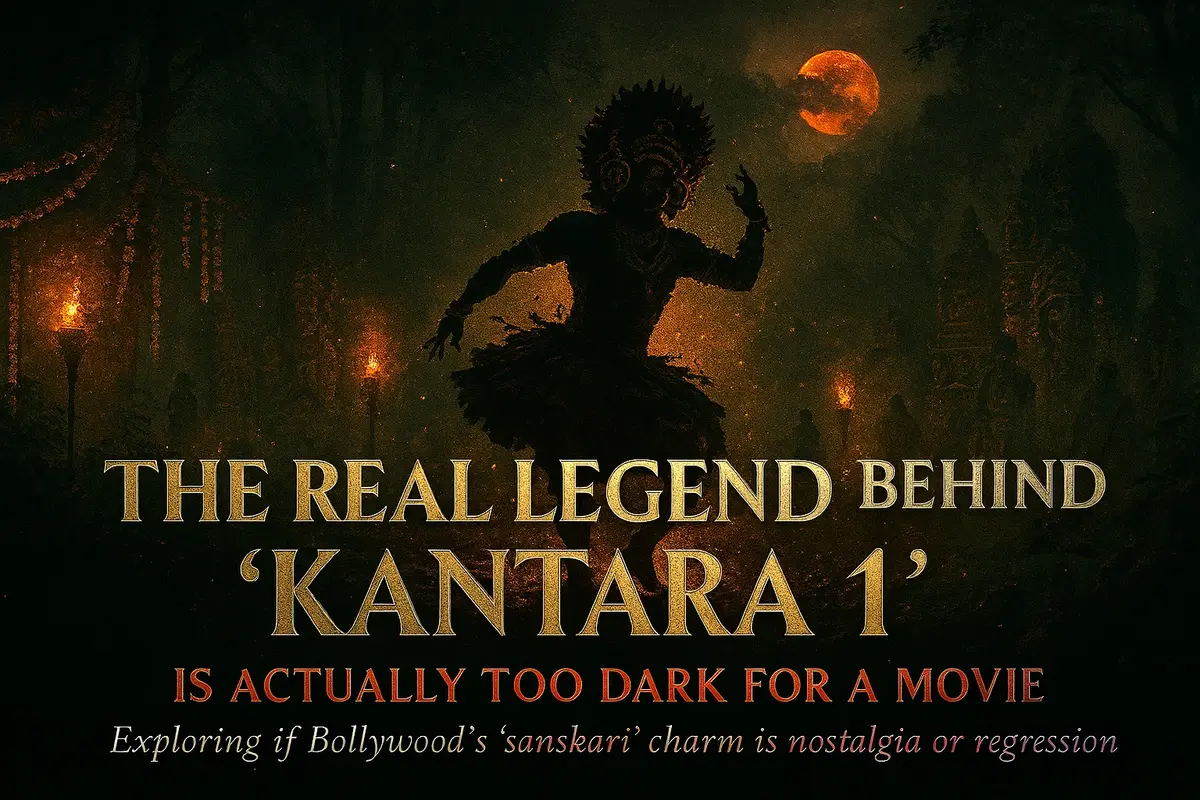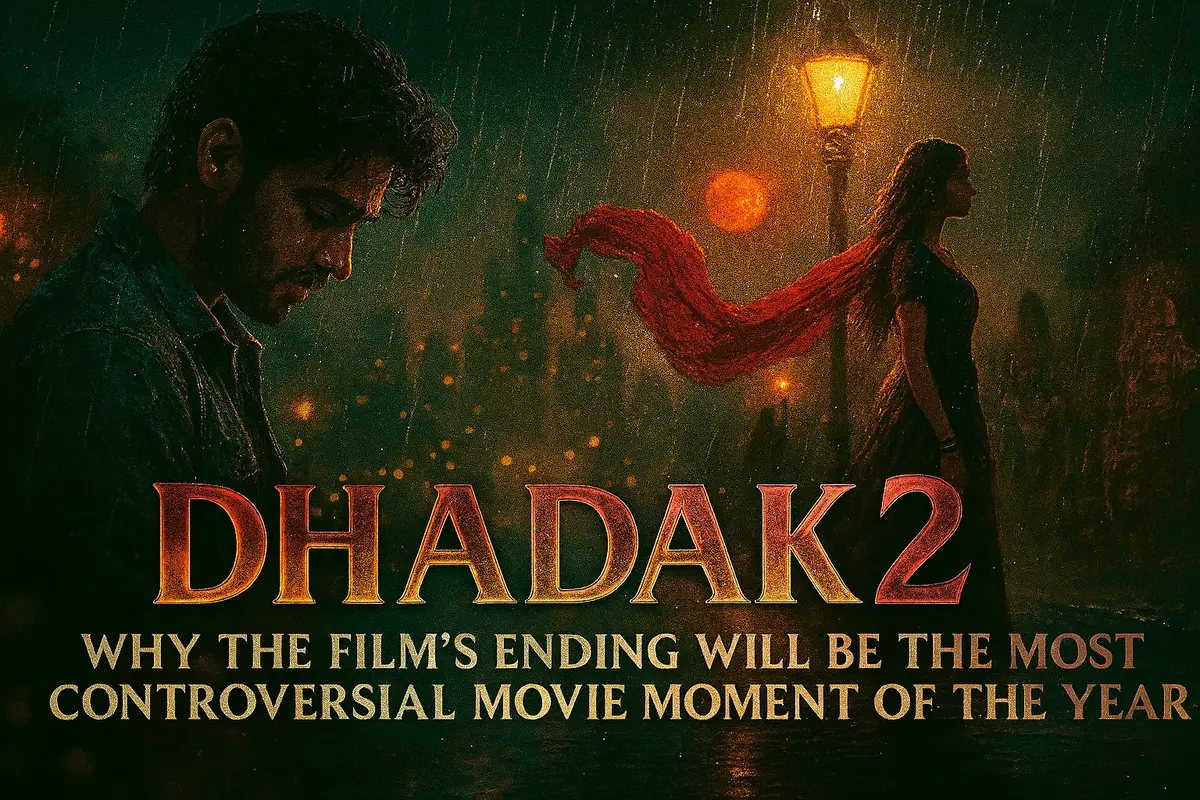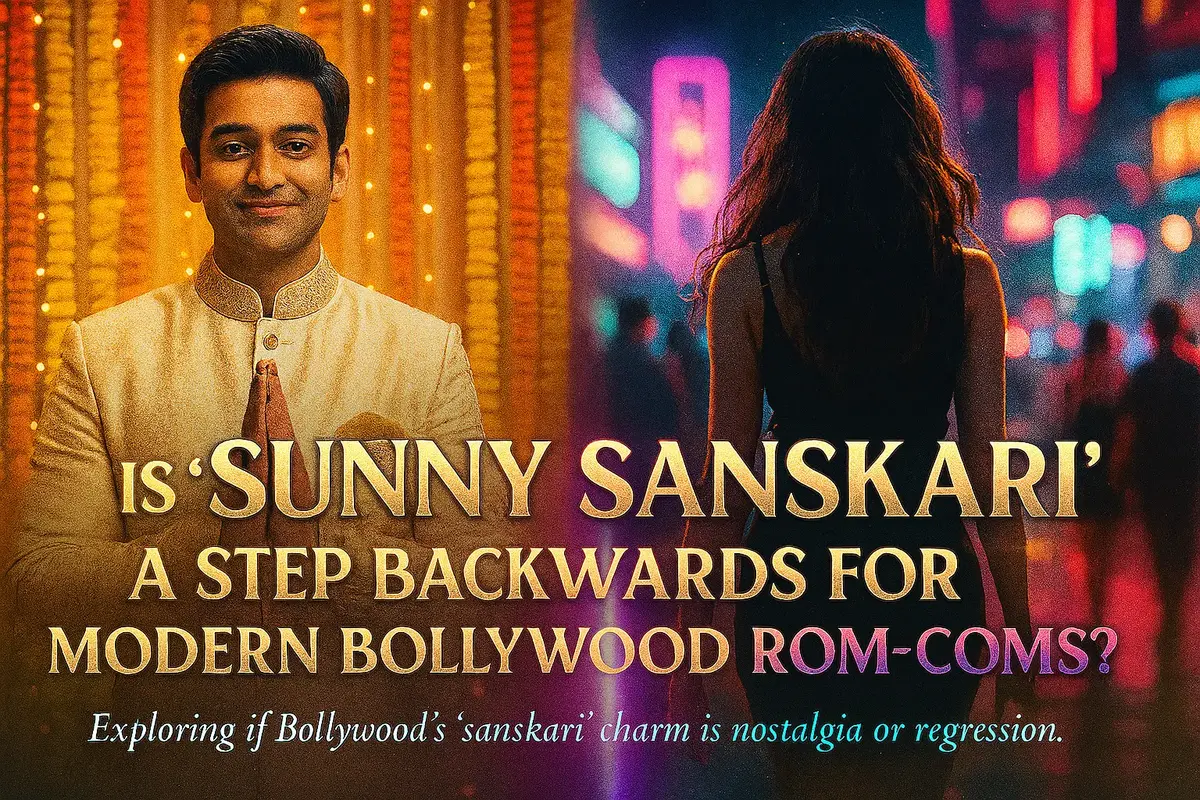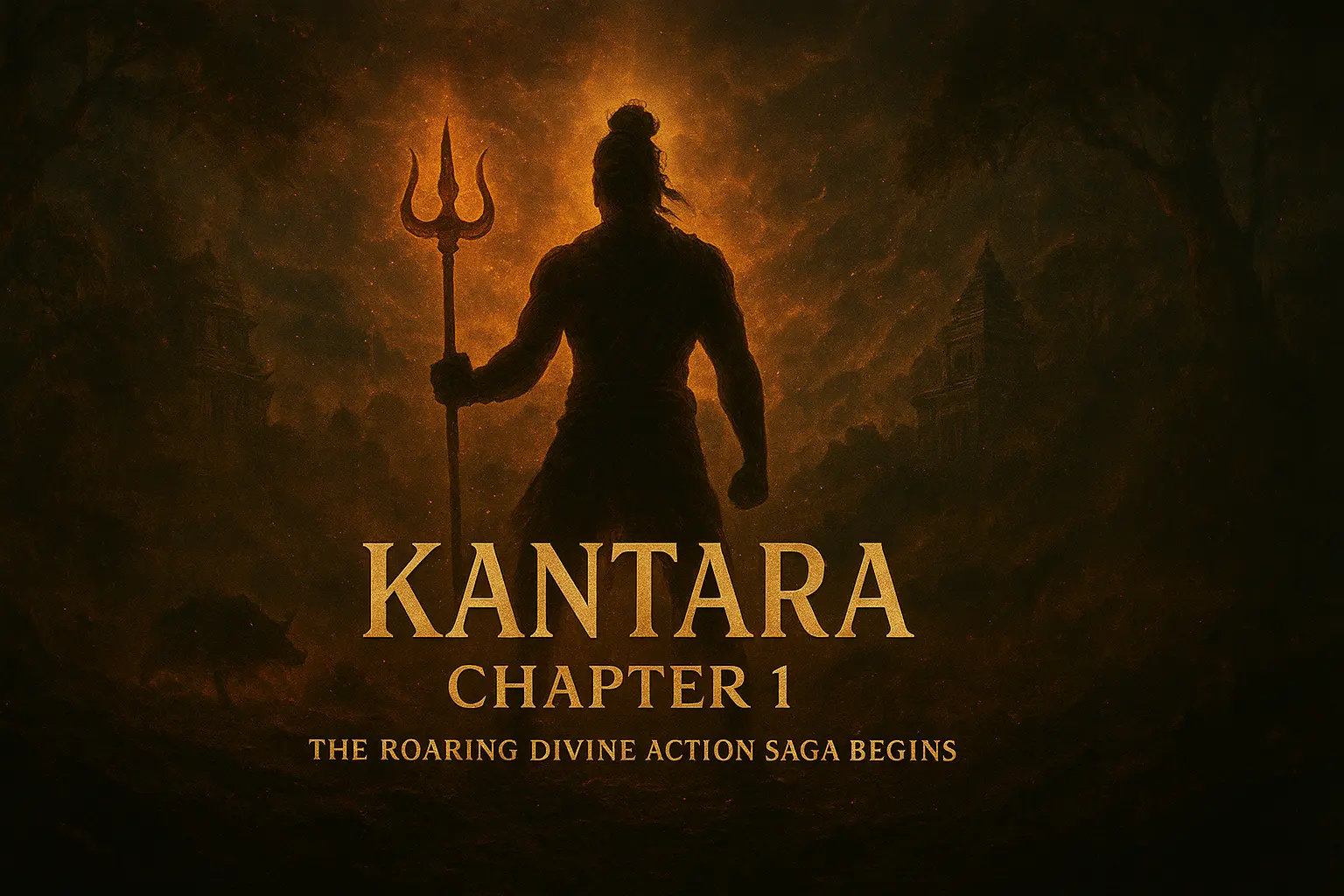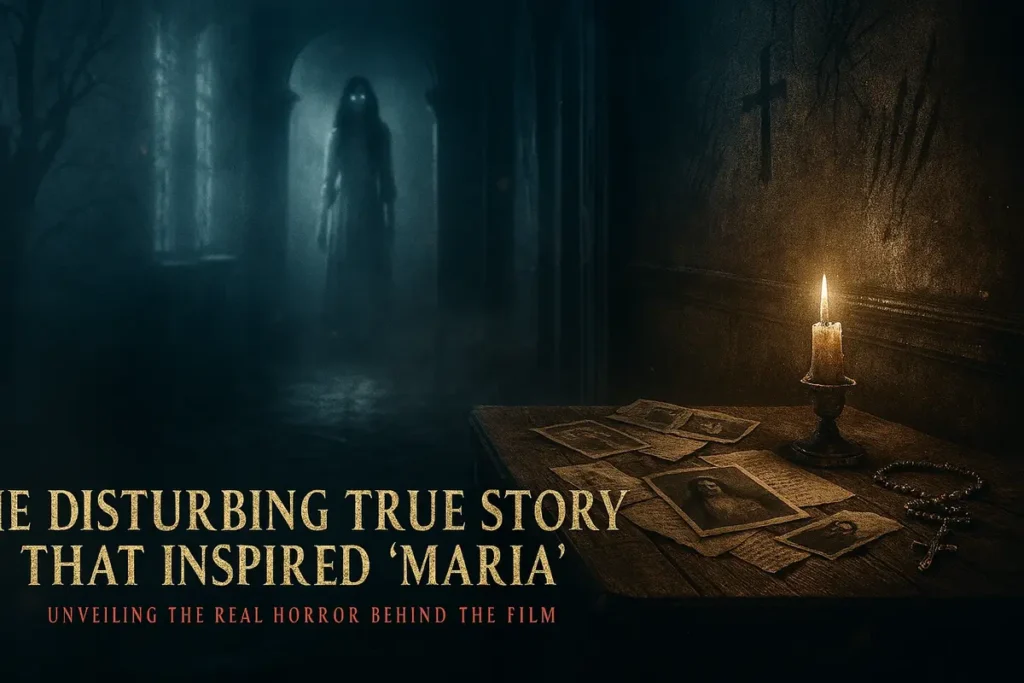
Introduction
The new horror film Maria, which hit theaters this past Friday, has left audiences shaken with its terrifying tale of a vengeful spirit haunting a remote colonial-era bungalow. The film’s chilling atmosphere and visceral scares have been praised, but most viewers assume its story is pure fiction. They are wrong.
While the names and locations have been changed, the nightmarish events of Maria are directly inspired by a disturbing and tragic case that has been a dark legend in the hills of Ooty for over a century: the haunting of Fernhill Palace and the spirit of Mariamma. The film isn’t just a story; it’s a cinematic retelling of a real-life horror that locals still whisper about.
From the Silver Screen to a Real-Life Nightmare
In the film, a young couple restoring an old bungalow is tormented by a female spirit named Maria, who they believe was a servant wronged by the original British owners. The on-screen horror escalates from whispers in the night to violent, physical manifestations. The true story, however, is even more grim and is rooted in the very real history of the Fernhill Palace in Ooty, a place with a documented paranormal past.
The Legend of Mariamma: A Promise Broken in Blood
The real story dates back to the late 19th century. According to local lore, a British officer who owned a sprawling estate fell in love with a local village girl named Mariamma. He promised her marriage, a vow that was seen as a sacred bond by her community. However, upon returning from a trip to England with a new British wife, he callously cast Mariamma aside.
Consumed by heartbreak and public shame, the pregnant Mariamma took her own life by jumping from a cliff near the estate. It’s said that her spirit, far from being at peace, returned with a vengeance. She was not a gentle, wronged ghost, but a furious entity whose grief had curdled into pure rage, intent on tormenting the man who betrayed her and anyone who dared to inhabit her space.
The Haunting of Fernhill: Documented Disturbances
Unlike many folk tales, the haunting of the Fernhill area has been spoken of for generations. The tales are not just campfire stories; they are a collection of chilling firsthand accounts. Locals and former staff of the Fernhill Palace (which was built on the grounds of the old estate) have reported a specific set of terrifying phenomena for years, many of which are directly mirrored in the film Maria:
- Disembodied Screams: The most common account is of blood-curdling female screams echoing through the hills at night, believed to be Mariamma’s cries of despair.
- The Sound of Running Footsteps: Guests and staff have frequently reported hearing frantic footsteps on the roof and in empty corridors, as if someone is being chased.
- Sudden Temperature Drops: Rooms would become inexplicably icy cold in seconds, a classic sign of a paranormal presence.
- Violent Poltergeist Activity: Objects being thrown, doors slamming shut, and furniture being overturned were reported, suggesting a spirit capable of physical interaction.
The Bipasha Basu Incident: A Modern-Day Encounter
The legend gained national attention during the filming of the 2002 movie Raaz. The cast and crew, including actress Bipasha Basu, were staying at the Fernhill Palace. In numerous interviews over the years, she has recounted the terrifying, sleepless nights they endured. She described hearing distinct screams and unexplained noises that were so intense the crew eventually had to move out. This modern, high-profile incident brought the century-old legend of Mariamma roaring back into the public consciousness.
Where the Film Toned It Down
As terrifying as Maria is, it had to sanitize certain aspects of the real legend for the sake of narrative. The real spirit of Mariamma, according to the folklore, is not seeking justice in a traditional sense. She is a figure of eternal, inconsolable rage. The legends don’t speak of a spirit that can be reasoned with or exorcised through simple rituals. They speak of an elemental force of sorrow and anger, permanently tethered to the land where she was betrayed.
A Film Rooted in Factual Fear
The power of Maria doesn’t just come from clever jump scares or a suspenseful script. It comes from the chilling realization that the story’s foundation is real. The whispers, the screams, and the palpable sense of dread depicted on screen are a cinematic echo of the genuine fear that has permeated the hills of Ooty for over a hundred years.
The Unsettling Truth
The next time you watch a horror movie, remember that sometimes the most terrifying stories aren’t the ones that are made up. They are the ones that are adapted. The film Maria will eventually end, and you can go home and turn on the lights. But the legend of Mariamma has no end credits. It lives on in the cold, misty hills, a disturbing reminder that some real-life events are far more horrifying than fiction.

